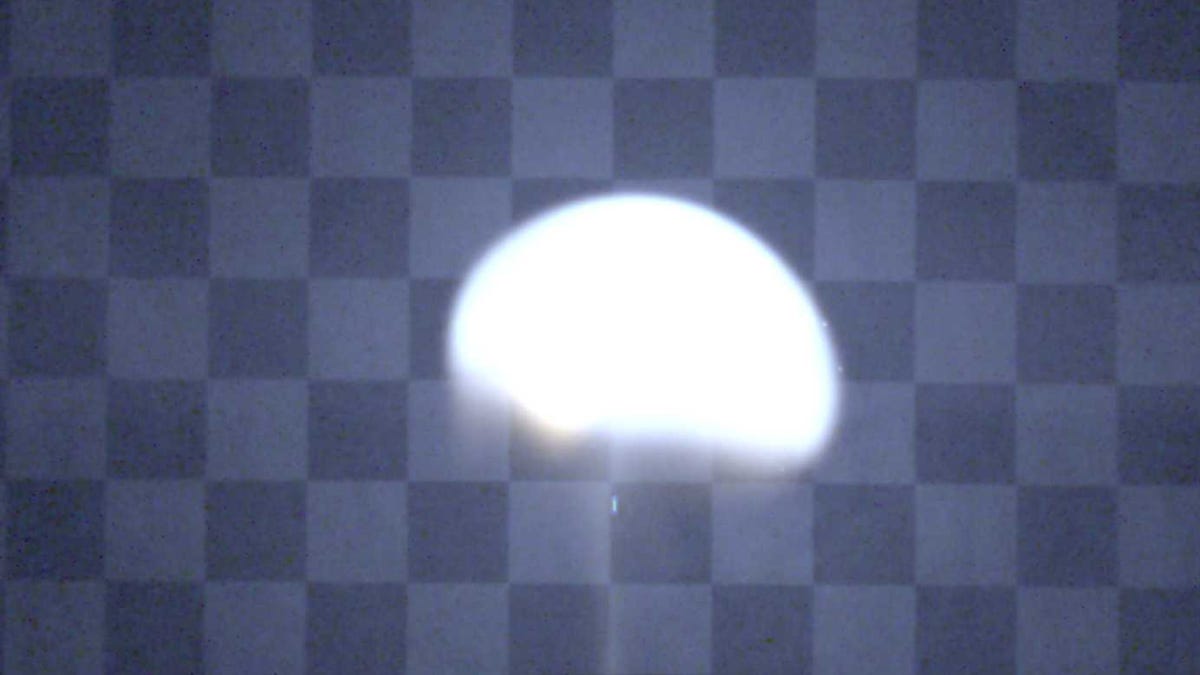Scientists accidentally record ball lightning in nature for first time
Chinese researchers have done the seemingly impossible: observed and recorded an instance of ball lightning completely by accident. And it bodes well for a decade-old theory about the nature of the conundrum.

Ball lightning, a phenomenon in which a glowing orb of light persists for seconds after a lightning strike, is one of the most enduring atmospheric mysteries in science. Reported sightings date as far back as ancient Greece -- an occurrence of ball lightning is rumored to have killed 18th century scientist Georg Wilhelm Richmann -- and re-creating it synthetically has been a daunting feat, accomplished by only a few research teams after Nikola Tesla managed to first manifest spherical charges in the lab in 1904.
Since then, little progress has been made toward concrete theories that can explain the strange, near-mystical nature of ball lightning. However, a group of Chinese scientists in 2012 managed, completely by accident, to not only observe and record an instance of it in Qinghai in western China, but to measure the contents of the orb with spectrographs. It marks the first time ever the phenomenon has ever been captured in nature.
While recorded sightings of ball lightning are numerous throughout history and prevalent now on YouTube, the use of spectrographs make this instance a telling achievement, and worthy of publication Friday in the journal Physical Review Letters.
One of the most grounded theories regarding ball lightning, proposed by John Abrahamson and James Dinniss of the University of Canterbury in Cristchurch, New Zealand, is that it's caused by lightning striking soil and turning its chemical contents into a vapor. That vapor is said to then condense into a ball of floating aerosol that glows with the heat of the soil's elements mixing with oxygen. Thanks to the spectrograph readings, this theory, first postulated in 2000, now seems all the more plausible.
The scientists -- Jianyong Cen, Ping Yuan, and Simin Xue -- were observing a thunderstorm when the ball lightning, 5 meters wide and lasting roughly 1.6 seconds, appeared before their eyes. They took their gear, which consisted of camera equipment alongside the slitless spectrographs, back to the lab where the team discovered that the orb contained the same elements found predominately in the soil: silicon, iron, and calcium. "The spectral analysis indicates that the radiation from soil elements is present for the entire lifetime of the BL [ball lightning]," the team's report concluded. The accompanying video recording of the occurrence has not been released at this time.
When reached by NewScientist regarding the findings, Abrahamson said, "Here's an observation which has all the hallmarks of our theory. This is gold dust as far as confirmation goes."
The findings are not entirely conclusive regarding the nature of ball lightning and not evidence that Abrahamson's theory is universally applicable. For instance, it does not explain how ball lightning can pass through indoor environments like people's homes or inside the cockpit of a plane, as was the case in an instance of ball lightning that passed through the cockpit of a C-133A cargo plane traveling to Hawaii from California. Nor does it address what causes the bang many say to be typical in the evaporation of the orbs.
Still, the findings do bring validation to the idea that ball lightning's mysterious nature may, in some cases, be nothing more than an explainable and perfectly natural chemical reaction between the power of a lightning strike and the ground we stand on.

